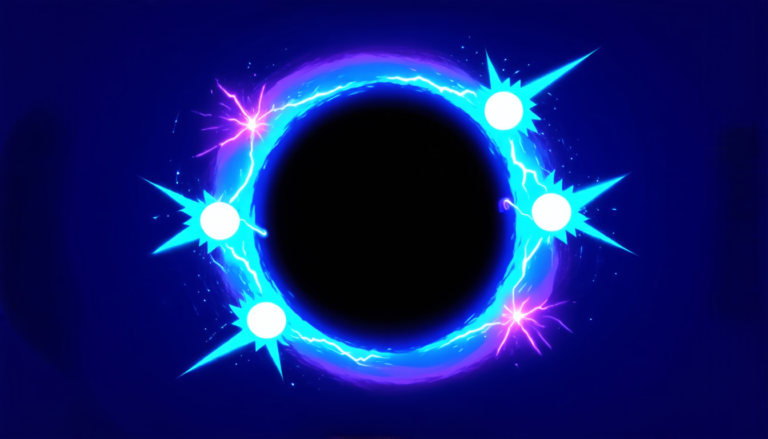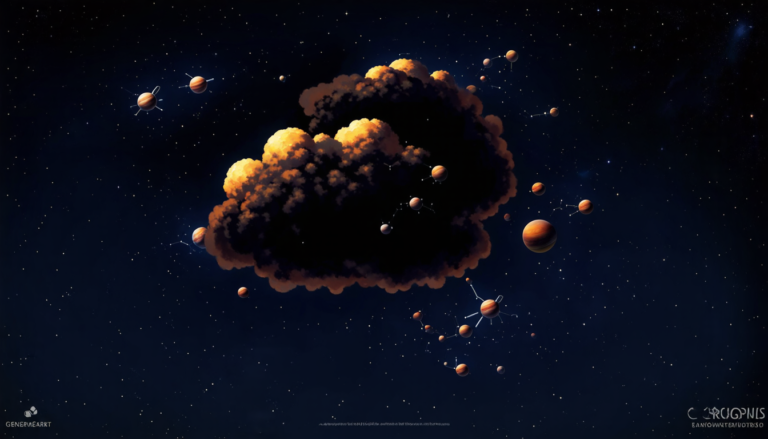Tuesday 03 June 2025
The quest for more efficient frequency conversion in thin film lithium niobate (TFLN) waveguides has taken a significant step forward with the development of layer-poled modal phase matching (MPM). This innovative approach enables the generation of second-harmonic light with unprecedented efficiency, paving the way for a new era in photonic integrated circuits.
For some time now, scientists have been grappling with the challenge of achieving high conversion efficiencies in TFLN waveguides. While periodic poling has been a common technique used to enhance nonlinear interactions, it has its limitations. The process requires precise control over the poling period and duty cycle, which can be tricky to achieve in practice. Moreover, this method is sensitive to fabrication uncertainties, leading to inconsistent results.
MPM offers a more robust solution to this problem by selectively poiling the bottom part of the waveguide along its length. This approach allows for efficient generation of second-harmonic light on a higher-order mode, which is less susceptible to fabrication errors and easier to control.
The team behind MPM has successfully demonstrated the technique using TFLN waveguides fabricated at CSEM SA. The results show that MPM can achieve conversion efficiencies up to 10 times more robust than conventional quasi-phase matching (QPM), with theoretical values reaching as high as 104% per watt-meter-squared.
The implications of this breakthrough are significant, particularly in the context of photonic integrated circuits. With MPM, researchers can now design more complex and compact optical systems that take full advantage of TFLN’s nonlinear properties. This could lead to a wide range of applications, from high-speed data transmission and processing to advanced sensing and spectroscopy.
One of the key advantages of MPM is its tolerance to fabrication uncertainties. By using a layer-poled approach, scientists can decouple the poling period from the waveguide dimensions, making it easier to achieve consistent results across different batches of devices.
In addition to its improved robustness, MPM also offers greater flexibility in terms of device design. The technique allows for the creation of complex optical structures that would be difficult or impossible to achieve with traditional QPM approaches.
The future prospects for MPM are bright, and it will likely play a key role in the development of next-generation photonic integrated circuits. As researchers continue to refine this technology, we can expect to see even more innovative applications emerge, pushing the boundaries of what is possible with optical communication and processing systems.
Cite this article: “Breakthrough in Frequency Conversion Paves Way for Next-Generation Photonic Integrated Circuits”, The Science Archive, 2025.
Thin Film Lithium Niobate, Layer-Polled Modal Phase Matching, Second-Harmonic Light, Photonic Integrated Circuits, Conversion Efficiencies, Quasi-Phase Matching, Waveguides, Nonlinear Interactions, Optical Communication, Spectroscopy.







